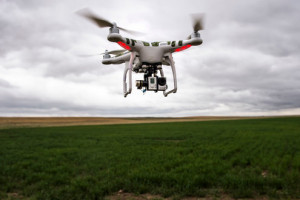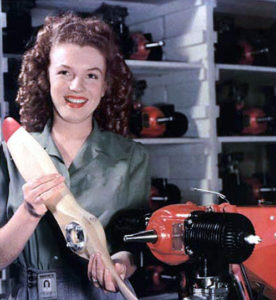What’s small, fast, and is launched from the bottom of a fighter jet? Not missiles, but a swarm of drones.
I watched a 60 minute report on Tuesday night that had me so intrigued in what the military is doing with new technology. This is not just about Drones, it’s about where the future is going with the following technologies.
-
Unmanned ground vehicle (UGV), such as the autonomous car.
-
Unmanned aerial vehicle (UAV), unmanned aircraft commonly known as a “drone” …
-
Unmanned surface vehicle (USV), for the operation on the surface of the water.
-
Autonomous underwater vehicle (AUV) or unmanned undersea vehicle (UUV), for the operation underwater.
U.S. military officials have announced that they’ve carried out their largest ever test of a drone swarm released from fighter jets in flight. In the trials, three F/A-18 Super Hornets released 103 Perdix drones, which then communicated with each other and went about performing a series of formation flying exercises that mimic a surveillance mission.
But the swarm doesn’t know how, exactly, it will perform the task before it’s released. As William Roper of the Department of Defense explained in a statement:
Perdix are not pre-programmed synchronized individuals, they are a collective organism, sharing one distributed brain for decision-making and adapting to each other like swarms in nature. Because every Perdix communicates and collaborates with every other Perdix, the swarm has no leader and can gracefully adapt to drones entering or exiting the team.
Releasing drones from a fast-moving jet isn’t straightforward, as high speeds and turbulence buffet them, causing them damage. But the Perdix drone, originally developed by MIT researchers and named after a Greek mythical character who was turned into a partridge, is now in its sixth iteration and able to withstand speeds of Mach 0.6 and temperatures of -10 °C during release.
A Washington Post report last year explained that they had been developed as part of a $20 million Pentagon program to augment the current fleet of military drones. It’s hoped that the small aircraft, which weigh around a pound each and are relatively inexpensive because they’re made from off-the-shelf components, could be dropped by jets to perform missions that would usually require much larger drones, like the Reaper.
Clearly, they’re well on the way to being that useful. Now the Pentagon is working with its own Silicon Valley-style innovation organization, the Defense Innovation Unit Experimental, to build fleets of the micro-drones.
I’ll be talking about some of the individual technologies in the future.
Let me know your thoughts and what you think of this type of technology.


